Popular on Food52
Continue After Advertisement
18 Comments
Laurie
August 23, 2015
But do you still need some acid, i.e., buttermilk or brown sugar when using baking powder? I use aluminum-free baking powder and have always thought that I do.
Rozd
May 7, 2012
I am looking for the right leavening if I want to make scones and freeze to bake later. Should I use a non aluminum that is double acting or should I use a single acting? ... there seems to be a difference with different brands of baking powder.
Rozd
May 7, 2012
I am looking for the right leavening if I want to make scones and freeze to bake later. Should I use a non aluminum that is double acting or should I use a single acting? ... there seems to be a difference with different brands of baking powder.
Sodium G.
May 2, 2012
Any tips on baking without baking powder or baking soda? Will whipped egg whites help make those cookies rise? Are there any other solutions?
Miranda R.
May 3, 2012
Gosh! I didn't really look into that -- at the risk of sounding like a broken record, I would direct you to Shirley Corriher, patron saint of brilliance in baking.
beyondcelery
May 1, 2012
In my gluten-free baking, I use a greater proportion of baking soda per cup of (gluten-free) flour in my recipes, then balance it out with more acid. This gives an extra oomph for gluten-free muffins or breads that would otherwise be flat compared to their glutenified counterparts. My gluten-free proportions: 1tsp baking soda per 1 1/4 cup gluten-free flour, with at least 2 tsp acid (cider vinegar and/or lemon juice), and often a dash molasses.
NBrush
May 1, 2012
The proportion scale is really helpful, and I didn't know that baking powder's mom is baking soda.
Blissful B.
May 1, 2012
Those proportions of baking soda/powder to flour are extremely helpful. I never knew that. Thank you (and Shirley) for sharing that knowledge!
aargersi
May 1, 2012
This is EXTREMELY helpful for fledgling bakers like me! I am 100% sure I will refer back to this again and again until it completely adheres to my brain.
Miranda R.
May 3, 2012
It was a total education for me to research this piece! Glad you found it helpful too!
mrslarkin
May 1, 2012
I find baking soda sometimes gets clumpy. Before whisking into dry ingredients, I press the baking soda through a small fine-mesh sieve to remove any lumps.
Margit V.
May 1, 2012
To mix the leavening as thoroughly as possible with the other dry ingredients, I generally sift all the dry ingredients at the same time, and then I stir everything with a big spoon before adding to wet ingredients. This thorough mixing was impressed on me by the books of Rose Levy Berenbaum ("The Cake Bible", etc.) and I've had good success with this method.
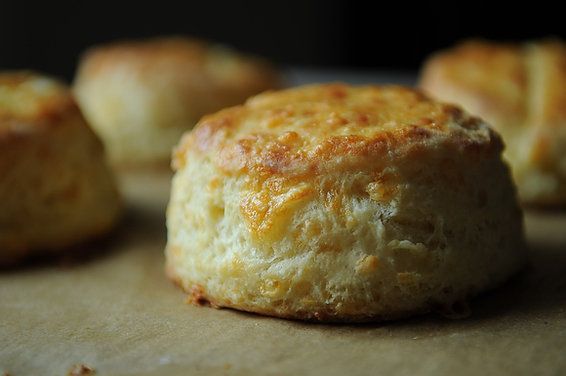
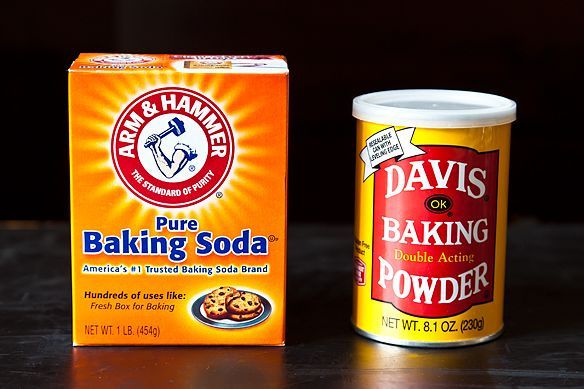
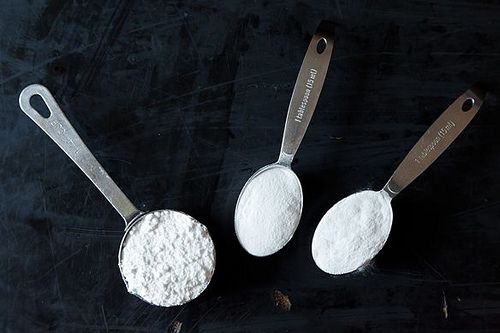
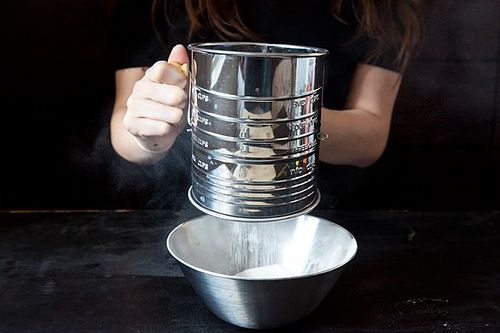
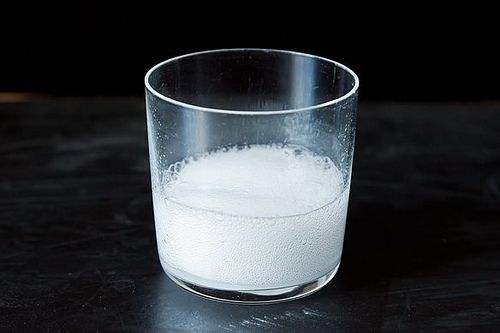


See what other Food52 readers are saying.